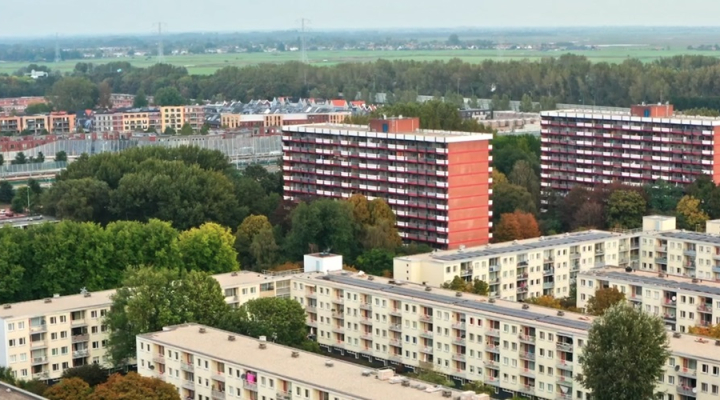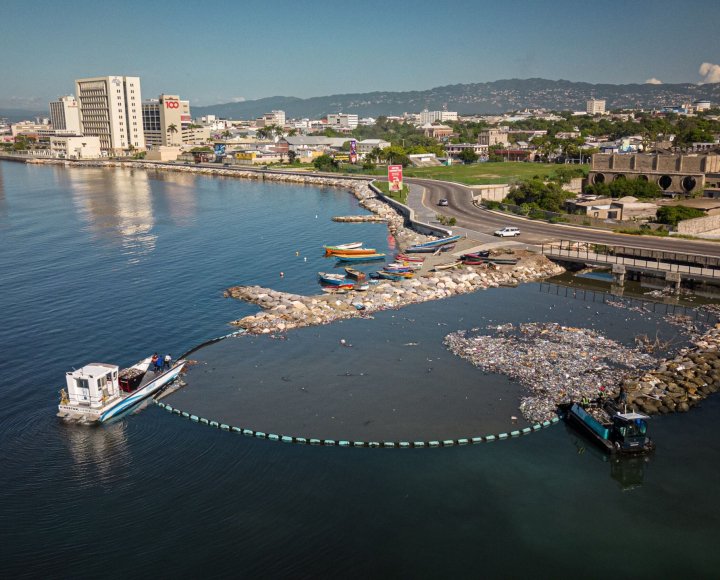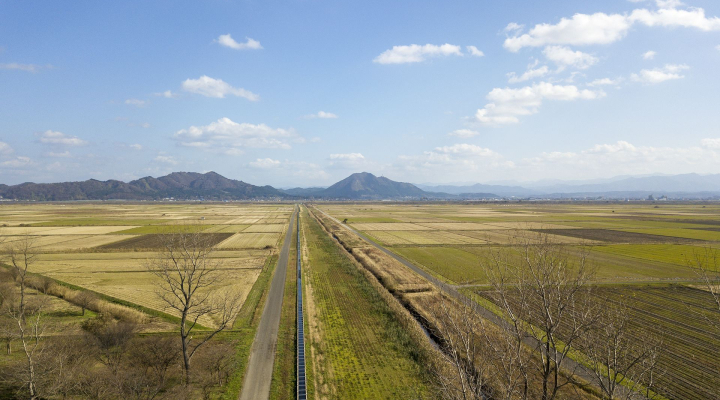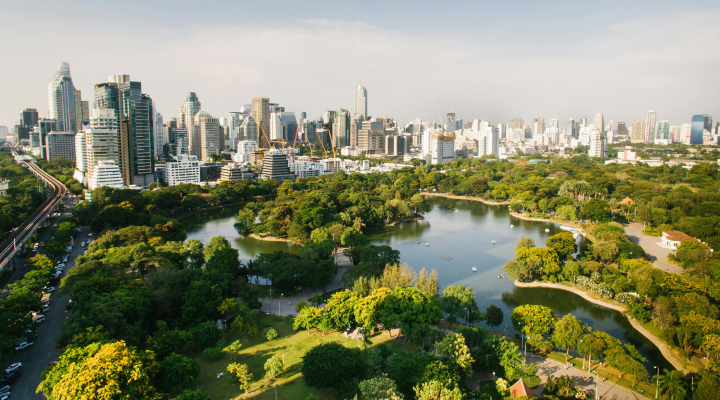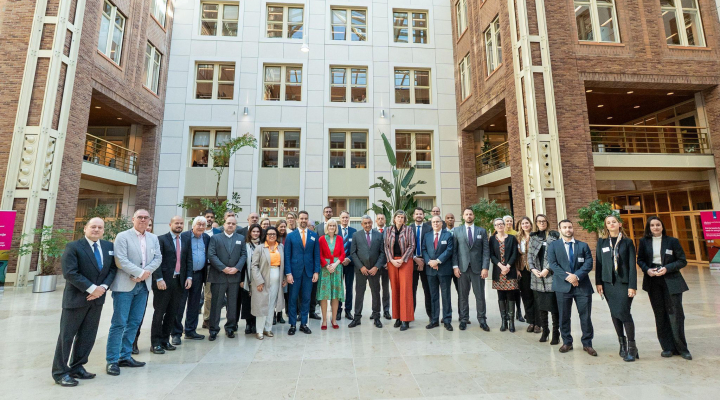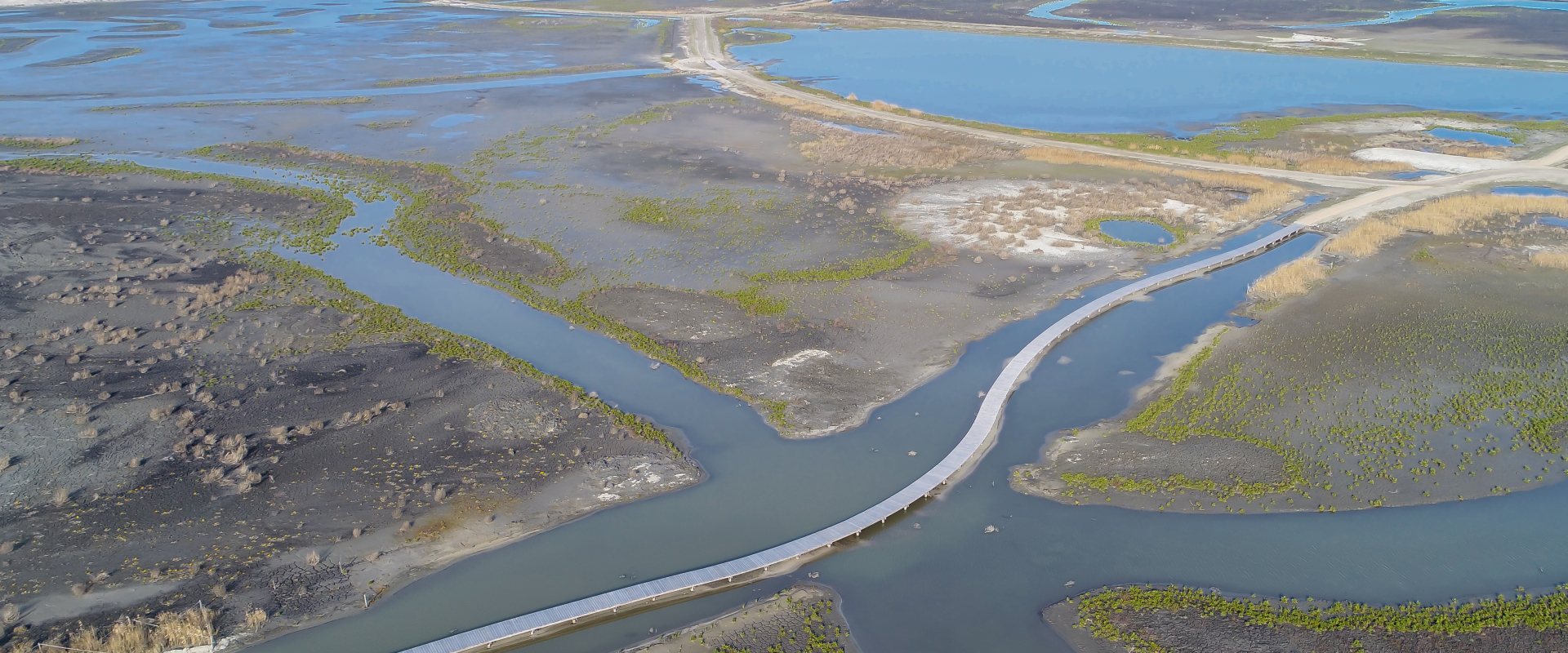
World Wetlands Day 2020: Biodiversity matters for water
On 2 February, World Wetlands Day is celebrated worldwide. Over 1,000 events have been reported to take place. The aim of this annual event is to raise global awareness about the vital role of wetlands for people and our planet. This year’s theme is Wetlands and Biodiversity.
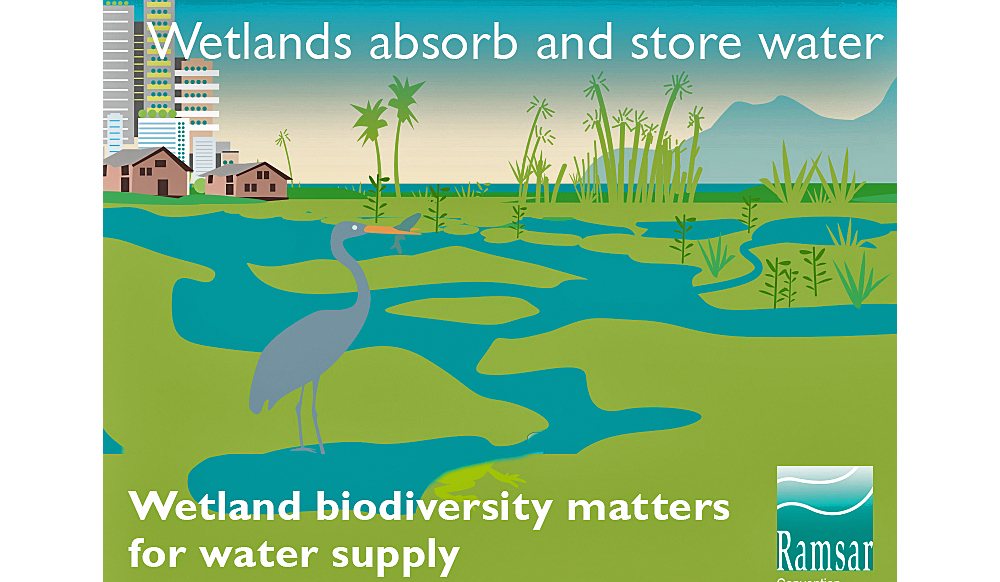

Curb freshwater biodiversity loss
On the occasion of this year's event, partners to the Convention on Wetlands (RAMSAR) published an open letter urging for a more ambitious global biodiversity framework and adoption of priority measures to curb freshwater biodiversity loss.
Wetlands supply food and fresh water to local communities. How come this important type of landscape is vanishing worldwide so rapidly, even more rapidly than forests? Wetlands are too often sidelined in national and global policymaking. Yet the conservation of this type of landscape is important to capture CO2, to increase biodiversity, to achieve universal access to water and to decrease the need for migration.
Window of opportunity
The partners see 2020 as a crunch year for the biodiversity and climate emergencies. Governments will review international agreements relevant to this challenge, including the Convention on Biological Diversity (CBD), the Sustainable Development Goals (SDGs) and the UN Framework Convention on Climate Change (UNFCCC).
This year the world has a brief window of opportunity to reflect on progress and set out recommendations that can inform these agreements and guide future policy responses, which are based on the wise use and management of wetlands and wetland-dependent biodiversity.
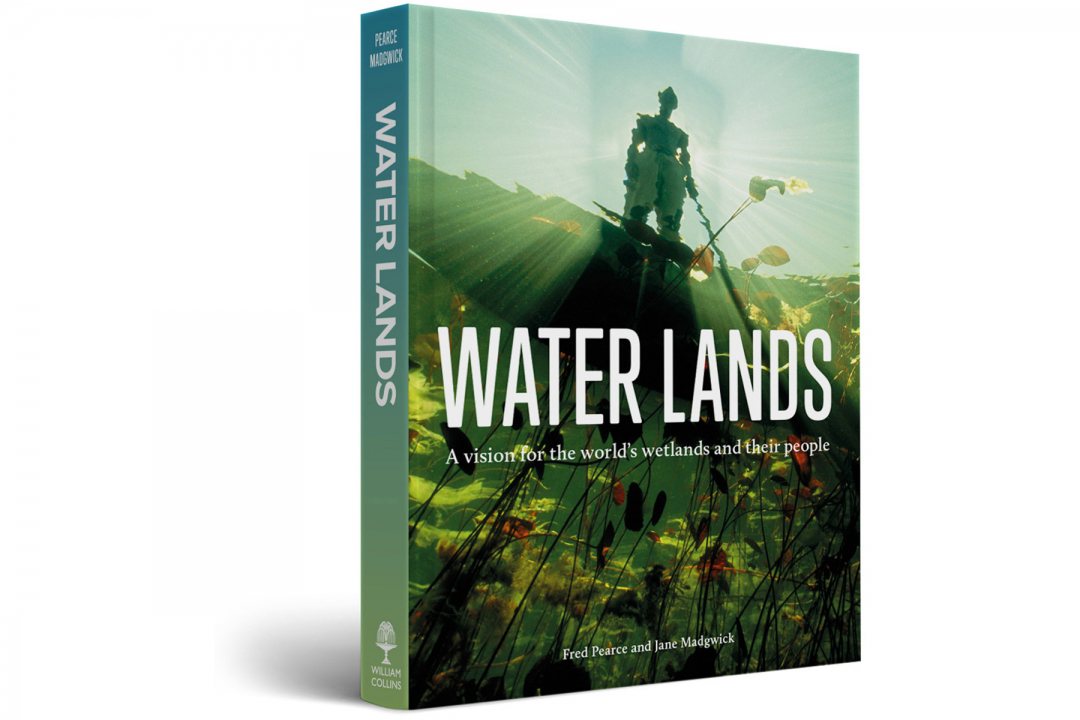

Importance of a healthy ecosystem
One of the RAMSAR partners is Wetlands International, the global NGO dedicated to safeguarding and restoring wetlands. Chief executive officer Jan Madgwick of Wetlands International points out the delicate relation between biodiversity and good quality fresh water. ‘Water doesn’t come from the tap but from wetlands, the sources and stores of water.’
Madgwick urges to sustaining and restoring wetlands, as water scarcity and extreme weather conditions are becoming more common. As an example, she mentions the continuing drainage of peatlands and high mountain wetlands. ‘This is driving species losses and contributing to droughts, flash floods and landslides downstream. Equally, nutrient enrichment of water bodies from settlements and agriculture is diminishing freshwater biodiversity (like freshwater fishes) and at the same time reducing the quality of water available to people.’
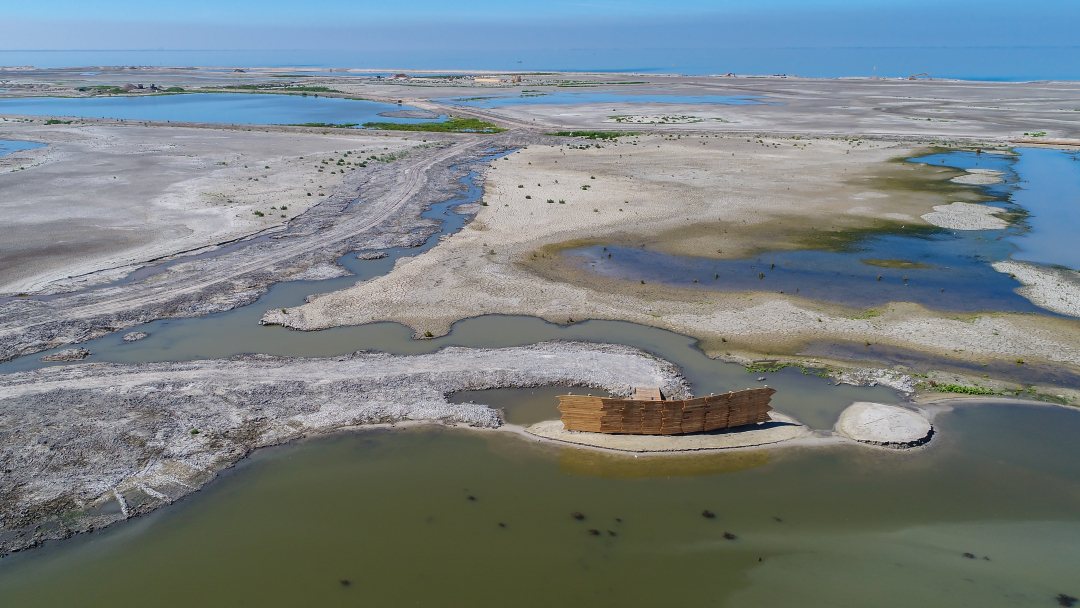

Building with nature
In the recent published book Water Lands, Madgwick calls for a reinvention of wetlands for the modern world: ‘Building with Nature engineering is an approach to use ecological mangrove restoration and community development to manage coastal erosion. It replaces the continued conversion of peatlands for palm oil with paludiculture, or wet agriculture. In Russia this type of engineering rewets the peatlands to prevent fires.’
One good example of Building with Nature is the construction of an archipelago of islands in the middle of the Dutch fresh water lake IJsselmeer. The new island group Marker Wadden was completed in 2018 to improve the water quality by catching the fine sediment.
The fine sediment created turbidity that negatively impacted fish and bird populations, as well as plants and molluscs. Ecologists that monitor the new created islands, already report a regeneration of ecological productivity, boosting ecosystem functioning and benefiting many species of birds, fish and macrofauna.




